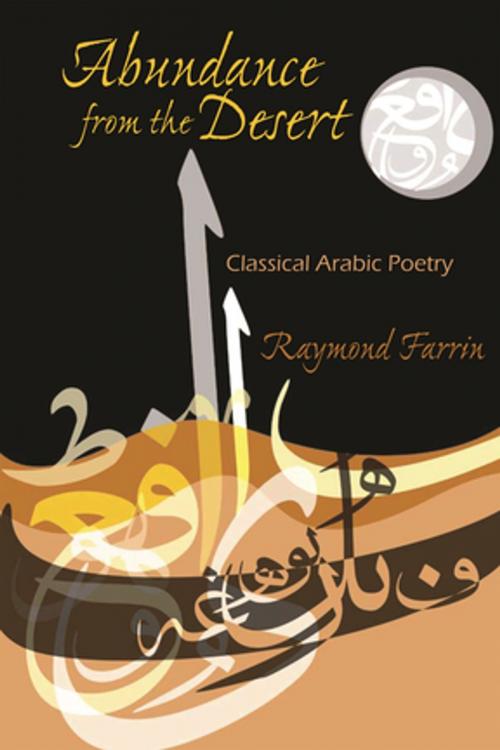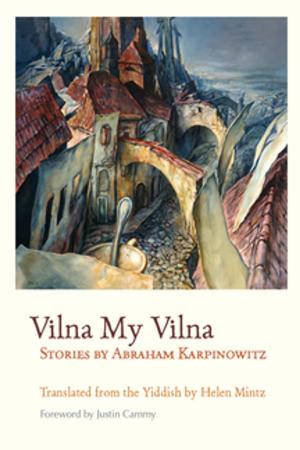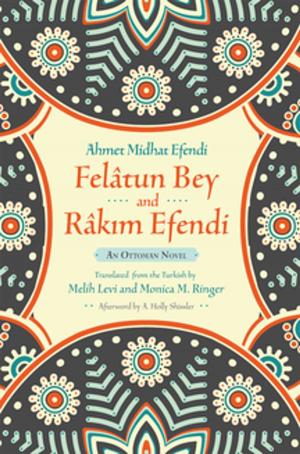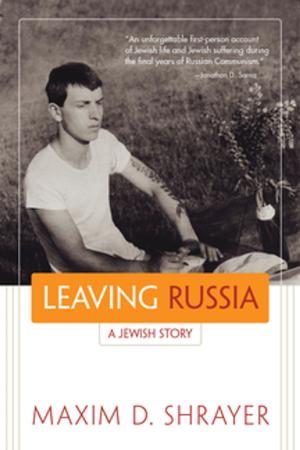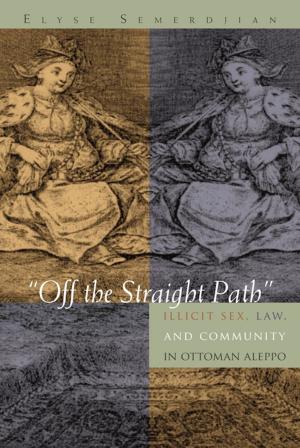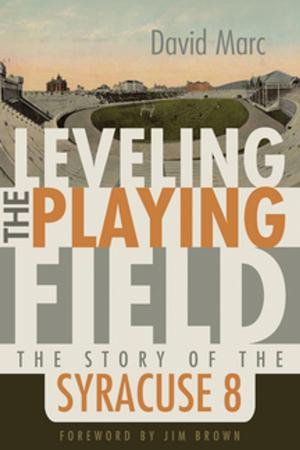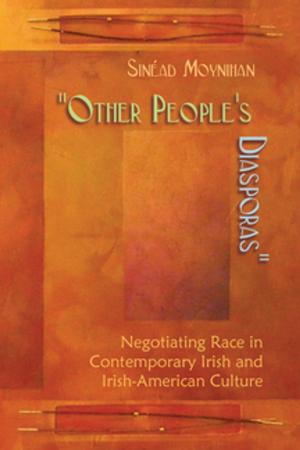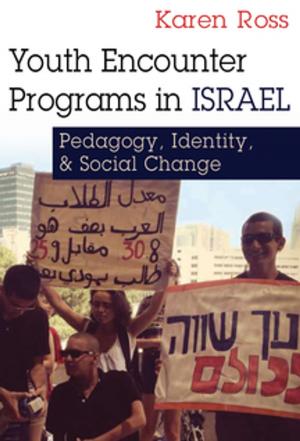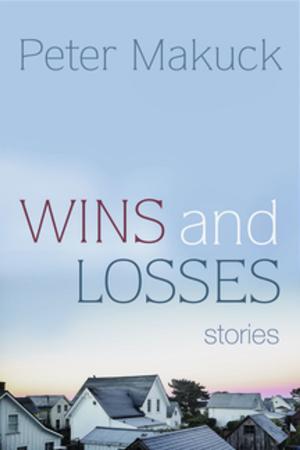Abundance from the Desert
Classical Arabic Poetry
Fiction & Literature, Literary Theory & Criticism, Asian, Middle Eastern, Poetry History & Criticism| Author: | Raymond Farrin | ISBN: | 9780815650959 |
| Publisher: | Syracuse University Press | Publication: | March 29, 2011 |
| Imprint: | Syracuse University Press | Language: | English |
| Author: | Raymond Farrin |
| ISBN: | 9780815650959 |
| Publisher: | Syracuse University Press |
| Publication: | March 29, 2011 |
| Imprint: | Syracuse University Press |
| Language: | English |
Abundance from the Desert provides a comprehensive introduction to classical Arabic poetry, one of the richest of poetic traditions. Covering the period roughly of 500â€"1250 c.e., it features original translations and illuminating discussions of a number of major classical Arabic poems from a variety of genres. The poems are presented chronologically, each situated within a specific historical and literary context. Together, the selected poems suggest the range and depth of classical Arabic poetic expression; read in sequence, they suggest the gradual evolution of a tradition. Moving beyond a mere chronicle, Farrin outlines a new approach to appreciating classical Arabic poetry based on an awareness of concentric symmetry, in which the poem’s unity is viewed not as a linear progression but as an elaborate symmetrical plot. In doing so, the author presents these works in a broader, comparative light, revealing connections with other literatures. The reader is invited to examine these classical Arabic works not as isolated phenomena—notwithstanding their uniqueness and their association with a discrete tradition—but rather as part of a great multicultural heritage.
This pioneering book marks an important step forward in the study of Arabic poetry. At the same time, it opens the door to this rich tradition for the general reader.
Abundance from the Desert provides a comprehensive introduction to classical Arabic poetry, one of the richest of poetic traditions. Covering the period roughly of 500â€"1250 c.e., it features original translations and illuminating discussions of a number of major classical Arabic poems from a variety of genres. The poems are presented chronologically, each situated within a specific historical and literary context. Together, the selected poems suggest the range and depth of classical Arabic poetic expression; read in sequence, they suggest the gradual evolution of a tradition. Moving beyond a mere chronicle, Farrin outlines a new approach to appreciating classical Arabic poetry based on an awareness of concentric symmetry, in which the poem’s unity is viewed not as a linear progression but as an elaborate symmetrical plot. In doing so, the author presents these works in a broader, comparative light, revealing connections with other literatures. The reader is invited to examine these classical Arabic works not as isolated phenomena—notwithstanding their uniqueness and their association with a discrete tradition—but rather as part of a great multicultural heritage.
This pioneering book marks an important step forward in the study of Arabic poetry. At the same time, it opens the door to this rich tradition for the general reader.
